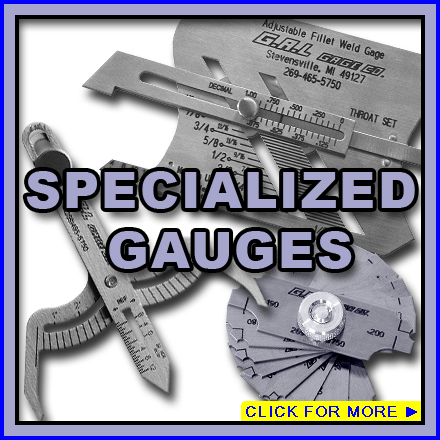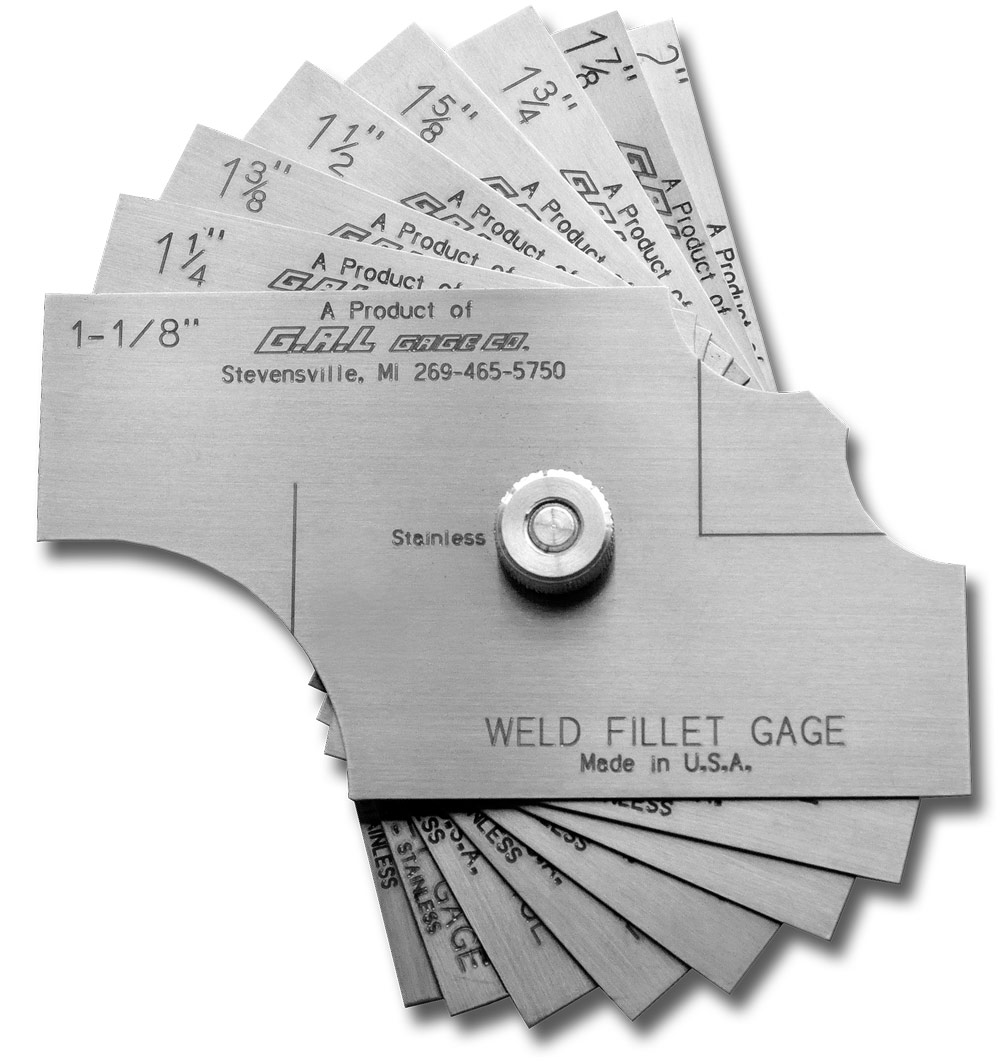Ingenious Strategies to Fillet Weld Examination and Testing: Enhancing Weld Quality and Conformity Specifications
In the world of welding, the quality and integrity of fillet welds play a crucial function in making certain the structural stability and dependability of various industrial parts. With the consistent drive for improved efficiency and compliance with rigorous criteria, the expedition of innovative methods to fillet weld assessment and testing has actually become important.
Advanced Non-Destructive Screening Techniques
Utilizing advanced technologies, advanced non-destructive screening methods play a critical role in ensuring the integrity and high quality of fillet welds. These methods, such as phased selection ultrasonic testing (PAUT) and magnetic particle testing (MPT), deal detailed insights right into the weld's inner structure without causing any damages to the product. PAUT, as an example, uses numerous ultrasonic components to evaluate the weld from various angles, supplying a detailed visualization of possible issues like lack of fusion or fractures.
In A Similar Way, MPT is effective in discovering surface-breaking flaws by applying an electromagnetic field and iron particles to the weld area. This method is specifically useful for determining discontinuities that might jeopardize the weld's stamina. By utilizing these innovative non-destructive screening methods, weld inspectors can properly evaluate the top quality of fillet welds, ensuring conformity with market standards and regulations. The capacity to identify defects at an early stage not only enhances weld quality yet additionally prevents costly rework or failures in architectural stability, highlighting the importance of these innovative screening strategies in welding assessments.
Robotics and Automation in Evaluation

The integration of robotics and automation has actually revolutionized the evaluation procedure for fillet welds, improving performance and precision in high quality assessment. Robotics use precise control and repeatability in examining welds, making sure regular and trusted outcomes. Automated systems can be configured to follow certain examination courses, making certain thorough coverage of welds and lowering the risk of human mistake.
Robotic assessment systems furnished with advanced sensing units can find and determine weld features with high precision, providing thorough data for evaluation. These systems can determine defects such as splits, absence of blend, and porosity, enabling punctual rehabilitative actions to be taken. In addition, robotics and automation permit real-time data collection and analysis, supplying immediate responses to drivers and assisting in fast decision-making procedures.
Furthermore, the use of robotics and automation in fillet weld assessment boosts total performance by decreasing evaluation times and increasing inspection throughput. By improving the examination process, suppliers can guarantee weld quality and conformity criteria are met successfully, eventually bring about cost financial savings and boosted item top quality.
Utilizing Artificial Knowledge for Analysis
Expert system plays a crucial duty in improving the effectiveness and precision of analysis in fillet weld assessment procedures. By using the power of AI, examiners can simplify the evaluation of weld quality and compliance criteria, causing extra reliable and accurate outcomes. AI formulas can quickly process substantial amounts of information from weld examinations, detecting defects or disparities that may be testing to relate to the nude eye. This innovative modern technology allows real-time tracking of weld high quality, permitting for prompt rehabilitative activities to be taken if any type of problems are discovered.
Furthermore, AI systems can pick up from past inspection information, constantly improving their capacity to identify prospective defects and deviations in fillet welds. This adaptive understanding capability enhances the general quality assurance process, reducing the probability of human mistake and guaranteeing that welds satisfy the required requirements. By incorporating expert system into fillet weld analysis, markets can attain higher degrees of efficiency, consistency, and conformity in their examination methods.
Portable Equipment for On-Site Examination
Enhancing field assessment efficiency, the adoption of portable devices revolutionizes on-site evaluation processes for fillet welds. These tools offer flexibility and benefit, enabling assessors to conduct complete exams in various areas, consisting of remote or challenging atmospheres. Mobile devices such as ultrasonic testing devices, magnetic particle examination equipment, and digital radiography systems provide real-time data and high-resolution imaging over here abilities, allowing quick decision-making and instant responses on weld top quality.
One substantial advantage of mobile tools is their ability to improve examination treatments, lowering downtime and boosting general efficiency - Gauge Fillet Weld. Examiners can conveniently transfer these tools to various work sites, getting rid of the demand for transferring hefty equipment or parts to off-site centers. Furthermore, the mobility of these tools promotes cost-effectiveness by reducing transportation expenses and accelerating evaluation timelines
Moreover, the usage of portable tools for on-site examination promotes positive high quality control steps, as assessors can without delay recognize and attend to any potential welding defects or disparities. By incorporating these ingenious innovations right published here into on-site evaluation techniques, welding specialists can make sure conformity with sector criteria and improve weld quality, inevitably causing enhanced architectural integrity and safety and security in different welding applications.
Integration of Data Monitoring Systems

Having enhanced on-site inspection processes via the application of portable devices, the next stage involves the seamless assimilation of information monitoring systems to even more improve efficiency and information evaluation capabilities in fillet weld examination and screening. By incorporating information management systems right into the inspection process, organizations can streamline information collection, storage space, and evaluation. This assimilation enables real-time surveillance of weld quality, immediate recognition of defects, and timely decision-making to remedy any problems that may original site occur during the examination process.
Data management systems play a critical role in streamlining assessment data, facilitating simple gain access to for licensed workers, and ensuring information stability and safety and security. Through the integration of these systems, inspectors can produce thorough records, track historical data for pattern analysis, and improve overall process efficiency. The integration of information monitoring systems makes it possible for smooth communication between different stakeholders entailed in the evaluation procedure, promoting collaboration and enhancing total high quality control steps. Ultimately, the assimilation of information monitoring systems serves to boost the standards of fillet weld evaluation and testing, ensuring compliance with market policies and boosting weld high quality.
Verdict
To conclude, innovative methods to fillet weld assessment and screening have actually considerably enhanced weld quality and compliance requirements. Advanced non-destructive testing approaches, robotics, automation, artificial intelligence, mobile tools, and data management systems have revolutionized the way weld assessments are carried out. By utilizing these innovations, sectors can guarantee that welds meet the required top quality standards and policies, eventually boosting overall efficiency and security in welding processes.

Having actually optimized on-site assessment processes via the utilization of portable devices, the following phase entails the smooth integration of information administration systems to further improve efficiency and data evaluation capabilities in fillet weld assessment and screening. Eventually, the integration of data monitoring systems offers to elevate the standards of fillet weld examination and testing, ensuring compliance with sector regulations and improving weld top quality.
